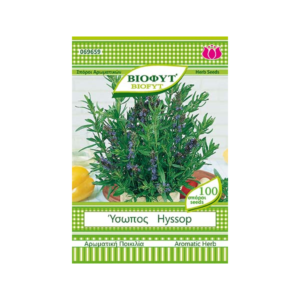Chard
Chard
The chard, the beet’s cousin! Swiss chard is not grown for its underground part, the root like beetroot, but for its tasty leaves, which we eat cooked or boiled in various recipes. A fall planting vegetable, Swiss chard is an easy crop with no particular requirements, and very healthy as it helps regulate sugar. It is grown as an annual vegetable, as it blooms in the second year. There are many varieties of chard, with light green to dark green leaf color and red or white stems and veins, depending on the variety.
Varieties of Swiss chard with red veins make them visually similar to beets. Note that due to its impressive foliage, the chard also adds decorative value to our autumn vegetable garden. The chard prefers cool weather. Although it does not tolerate high temperatures, the chard seeks sunny or semi-dark places, while it is also relatively resistant to light frost. It wants deep fertile soils, enriched in organic matter that also have good drainage.
Curds need very frequent watering so that the root almost never dries out. Only when they have sufficient soil moisture only then do they grow well and acquire cool crisp foliage. For fertilizer they have no particular requirements, it is sufficient to incorporate manure and compost into the soil during planting and to add organic fertilizer rich in nitrogen, once, one month after planting.









